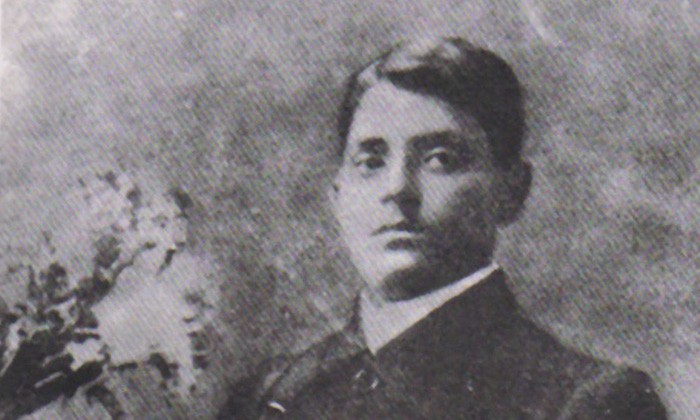India is commemorating the death centenary of Bagha Jatin this year. 100 years ago, on this day, the nationalist revolutionary succumbed to severe bullet injuries in Balasore hospital following a gallant battle with British Police.
I am proud to be from the undivided Balasore district of Odisha, the holy soil where Bagha Jatin fought his last battle with British and breathed his last.
From Kaya in Bangladesh to Chasakhand in Odisha’s Balasore, Bagha Jatin lives on in the hearts of millions. He is rare link between Bangladesh, Bengal and Odisha. Born in Kaya village in Kushtia district of the undivided Bengal, part of present day Bangladesh, in 1887, Jatin ignited the flame of revolution against the colonial British rule in Indian subcontinent. Not to forget that he was indeed an inspiration to Bangabandhu Mujibur Rahman in his fight against Pakistani Army in the liberation of Bangladesh in 1971.
In 1904, a young Jatindranath Mukherjee fought with a Royal Bengal tiger all alone, killed it with the help of a dagger and earned the epithet ‘Bagha Jatin’.
Later, Bagha Jatin was the principal leader of the Jugantar party. Jatindranath is one of the founders of the Anushilan Samiti, the principal revolutionary organisation operating in Bengal in the early 20th century. It was an era of Indian liberation movement where Hindutva, cultural nationalism and socialism had a rare blend in the focal point of revolution against the British Raj. It was in Bagha Jatin’s philosophies and thoughts that the vocabularies of revolutionary ideas were rooted.
There is no dispute that in the war of Indian Independence, Bagha Jatin proudly took the path of violence and dedicated himself to the cause of Purna Swaraj (total independence) as opposed to the framework of Indian National Congress which was still indulged in a mindless debate over the same.
Bagha Jatin successfully organised armed uprising against the British in cooperation with Germany. On September 9, 1915, Bagha Jatin was seriously wounded in a gunfight with the British Police at Chasakhand village in Balasore district of Odisha coast when he and his associates came to receive shipload of arms consignments meant to be used for a pan-India revolution. The next day he succumbed to injuries in Balasore city hospital.
Although the armed uprising could not take off, Bagha Jatin’s martyrdom and the battle of Balasore galvanised the fight against British Raj. His clarion call “Amra morbo, jagat jagbe” (We shall die to awaken the nation) evoked the spirit of Indian Independence Movement.
Living for a short span of 36 years, Bagha Jatin left his footprints on the sands of time.
Mahatma Gandhi, in 1925, had described Bagha Jatin as a ‘divine personality’.
Dr Syama Prasad Mookerjee wrote:
“Jatindranath was the well known and principal leader of the second episode in the history of the revolutionary movement who belonged to that band of fighters, who had written a blood-red chapter of their country’s fight for freedom. Sacrificing all they had…they rushed to the ritual call of death and, inch by inch, by shedding their lives, they had left for us the relish of a greater life.”
Struck by his heroism, Charles Augustus Tegart, then colonial top cop in India, wrote in a note:
“Bagha Jatin, the Bengali revolutionary, is one of the most selfless political workers in India. His driving power (…) immense: if an Army could be raised or arms could reach an Indian port, the British would lose the War.”
Augustus Tegart had once told his colleagues:
“If Bagha Jatin was an Englishman, then the English people would have built his statue next to Nelson’s at Trafalgar Square.”
Bagha Jatin’s legacy will stay on to guide the nation, nationalism and nationhood.
(The author is the Digital Editor of Bloomberg TV India.)

